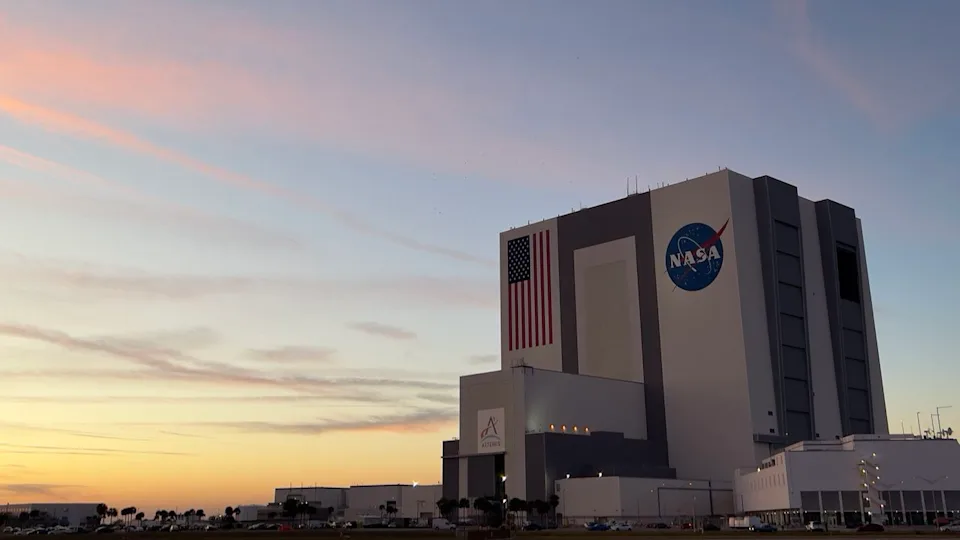Introduction
NASA has officially begun a full-scale operational shutdown following the lapse in U.S. government funding, a development that has sent ripples across the scientific and space exploration communities. With Congress failing to reach a budget agreement by the September 30 deadline, the agency was compelled to place thousands of its employees on furlough while activating its contingency plans. This marks another significant pause in the agency’s routine operations, highlighting the vulnerability of even critical scientific institutions to political gridlock.
Workforce Impact
One of the most immediate consequences of the shutdown is the furlough of more than 15,000 NASA employees. These individuals, spanning scientists, engineers, and administrative staff, have been directed to halt their work until further notice. For many, this pause not only interrupts ongoing projects but also creates uncertainty about timelines for future missions. Only personnel categorized as “excepted” will continue their duties, ensuring that critical safety and mission functions remain intact.
The large-scale furlough also underscores the broader implications for America’s leadership in space science and technology. Delays in critical research and mission development could push back progress on key projects, creating ripple effects for both domestic and international partners.
Essential Operations Continue
Despite the shutdown, NASA has confirmed that certain essential operations will remain active. These include the International Space Station (ISS), which requires constant monitoring and communication to ensure the safety of astronauts currently aboard. Similarly, satellite operations vital for weather tracking, climate monitoring, and national security will not be interrupted.
Another major program to remain under “excepted” status is the Artemis lunar mission. As NASA’s flagship effort to return humans to the Moon, Artemis is considered too critical to halt. Mission timelines and ongoing development of spacecraft such as the Orion capsule and Space Launch System will continue, albeit under tighter resource conditions.
Suspension of Public and Research Programs
While mission-critical activities will move forward, NASA has suspended several public-facing and research-oriented functions. Educational outreach programs, public engagement activities, and non-essential research have been paused indefinitely. This suspension affects school collaborations, citizen science initiatives, and public events that typically foster interest in space exploration.
Scientific projects that are in earlier stages or do not directly tie to immediate safety or mission requirements will also experience delays. This includes a range of Earth science studies, astrophysics research, and technology development programs. The halt in these areas risks not only slowing NASA’s scientific output but also creating setbacks for academic and international partners who rely on the agency’s collaboration.
Broader Implications of the Shutdown
The NASA shutdown is part of a wider federal halt triggered by Congress’s failure to approve a funding bill. This political deadlock extends beyond NASA, affecting multiple agencies across the federal government. However, the shutdown of America’s premier space agency carries particular symbolic weight, as it represents a pause in humanity’s pursuit of exploration and scientific discovery.
The longer the shutdown persists, the more profound its effects are likely to be on the agency’s operations, partnerships, and future missions. For now, the focus remains on maintaining safety, safeguarding essential programs, and waiting for a resolution that allows the agency to fully return to its mission of exploration and innovation.
Topics #Artemis Mission #NASA Shutdown #trending pakistan #US Government Funding




